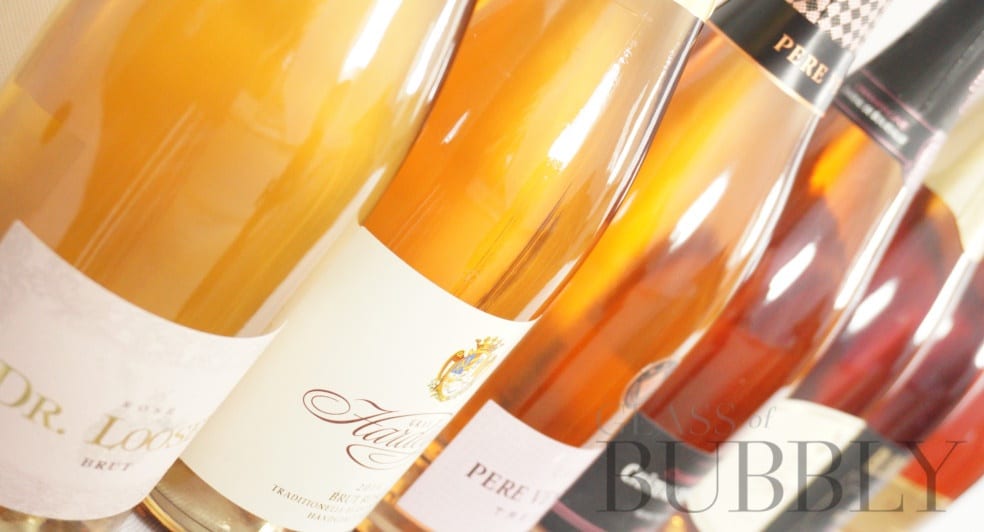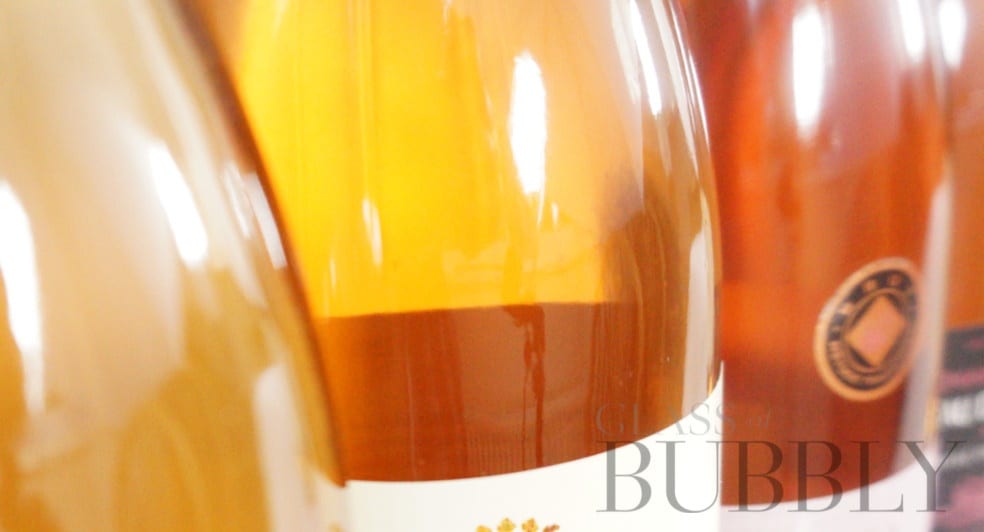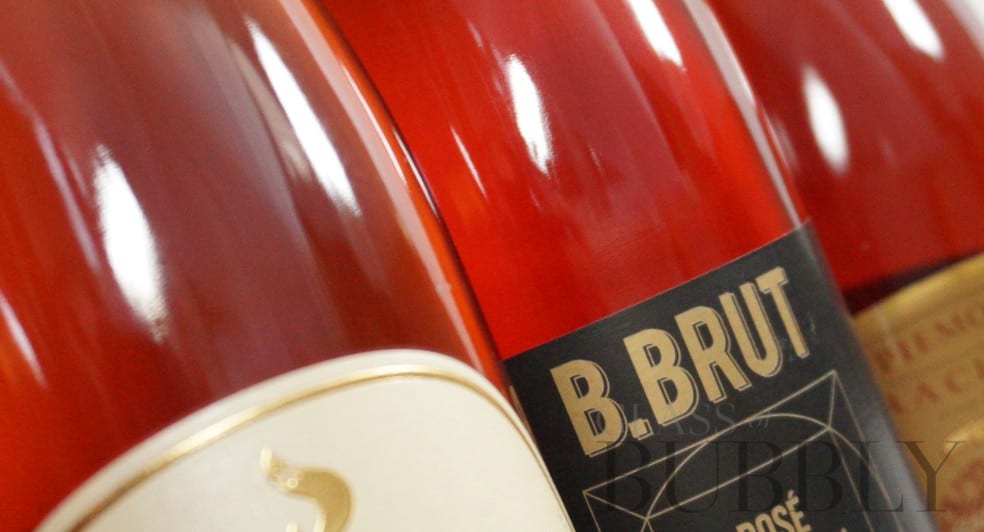Seven Shades of Rosé
29th May 2019

Many people love the idea of rosé Champagne and sparkling wines, it has that certain romantic edge over standard bruts or even vintages, usually costing that little bit more with many labels famous for their pink bubbly such as Champagnes labels Laurent Perrier’s cuvée rose and Ruinart’s rosé.
How do you make rosé wines?
For those wondering, rosé wines in most cases are not simply made from grapes producing red juice, it is all about leaving red grapes, which produce clear juices, to macerate on the red / dark skins so to extract the natural colouring from the pigments. It is though true that on certain occasions and within Champagne that a small amount of red wine (Pinot Noir from the region of Bouzy) is added during the blending so to colour the wine.
The methods for creating rosé Champagne:
Blended method (Rosé d’Assemblage): The more common way to produce rosé Champagne and this involves simply adding red wine from the Champagne region (Bouzy) to the blend prior to the second fermentation taking place in the bottle. Usually, the amount of red wine added can vary between 5% to 20%.
Macerated method (Rosé de Saignée): Here the method takes on the colouring from the grape skin and depending on the colour that the winemaker is looking for will remain for a short length of time with the juice to extract the required pigments – Usually this is closely monitored and a quick action is needed to bleed the juices off.
Rosé sparkling wines can produce many different shades from almost clear in colour to deep rosé colouring such as from the rosé de signée method. Many times rosé sparkling wines are ideal for pairing with foods such as meat dishes, creamy risottos and desserts.
The style of rosé sparkling wines can also be varied from sweeter labels to less sugars via extra bruts. Most times we will know a rosé sparkling wine to hold red berry fruity flavours and aromas though sometimes it can produce savoury and sea breeze flavours.
We decided for this article to pick out seven different shades of rosé sparkling wines which are ideal examples of great labels to explore in more depth:

Lighter shade sparkling rosé wines
Dr. Loosen – Rosé 2012: “Pinot noir rosé. A light copper / salmon pink colouring. Raspberry, strawberry and cream on the nose. A soft and rounded flavour, crisp and yet a light touch of creamy red fruits in the length. Easy to drink and enjoy.” Find out more about this wine here.
Graf Hardegg – Rosé 2014 (Highly Commended Medal Winner 2018 Sea Breeze): “More of a light orange colour over rosé! Dry flavours, acidic yet carrying raspberry, red berry and strawberry flavours well – Crisp and refreshing. Ideal for food pairings.” Find out more about this wine here.
Pere Ventura – Tresor Rosé NV: “This brut rosé is a refreshing Cava choice with subtle and crisp red berry fruit flavours.” Find out more about this wine here.
Champagne Chateau de Boursault – Rosé de Saignée (Bronze Medal Winner 2018 First Date): “Immensely enjoyed this rosé saignée. Light yet packed with fruits. Smooth and not at all dry, great length tempting you to take another sip.” Find out more about this wine here.

Darker shade sparkling rosé wines
Fox & Fox Mayfield – Expression Saignée Rosé 2013 (Trophy Winner 2017 Love or Hate): “Always guaranteed more’ish flavours with Fox & Fox. Red berries and cherry on the nose. Yummy flavours including red berries, red candy sweets and hints of raspberry pastry.” Find out more about this wine here.
B.Brut – Rosé Tradition (Trophy Winner 2018 Light & Fruity): “A crisp and refreshing rosé sparkling wine with all the red berry fruits delights you’d want from a rosé. A deserved trophy winner that will delight many consumers.” Find out more about this wine here.
Castello del Poggio – Brachetto Dolce Piemonte (Gold Medal Winner 2017 Dessert): “Bunch of ripe creamy red berry fruits on the nose. A sweet and delicate sparkling wine of red berry fruits with creamy Ribena length.” Find out more about this wine here.
![]()
Christopher Walkey
Co-founder of Glass of Bubbly. Journalist and author focused on Champagne & Sparkling Wines and pairing them with foods.
